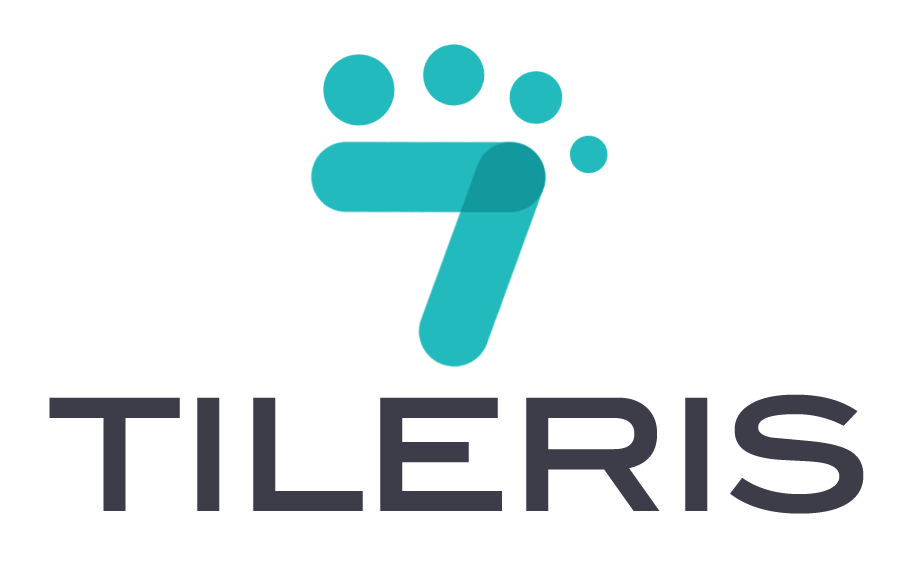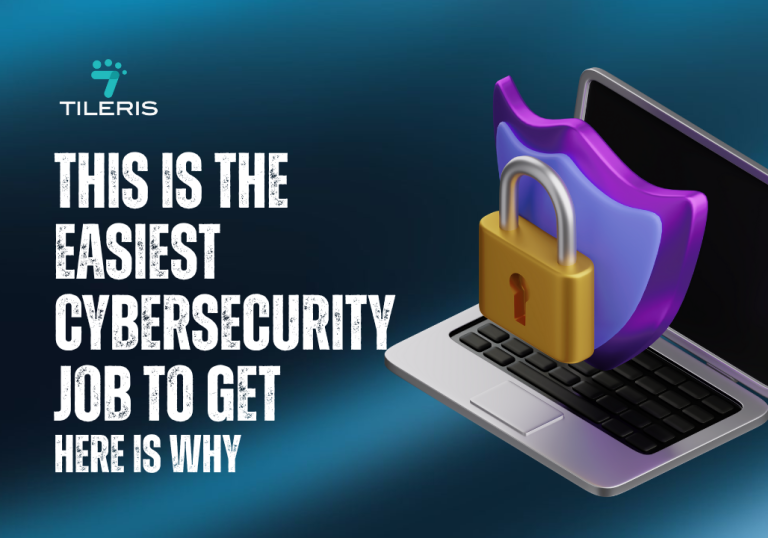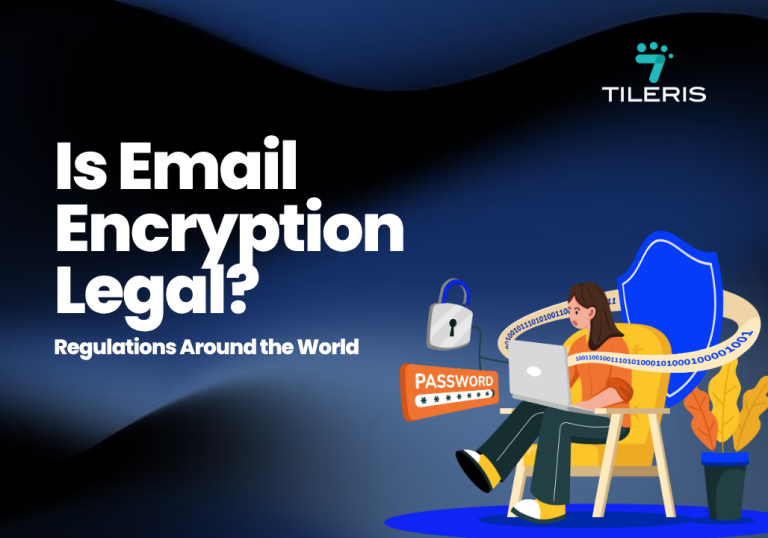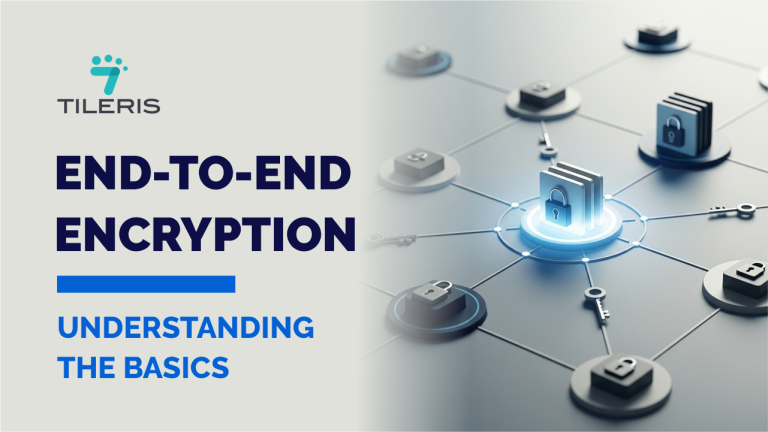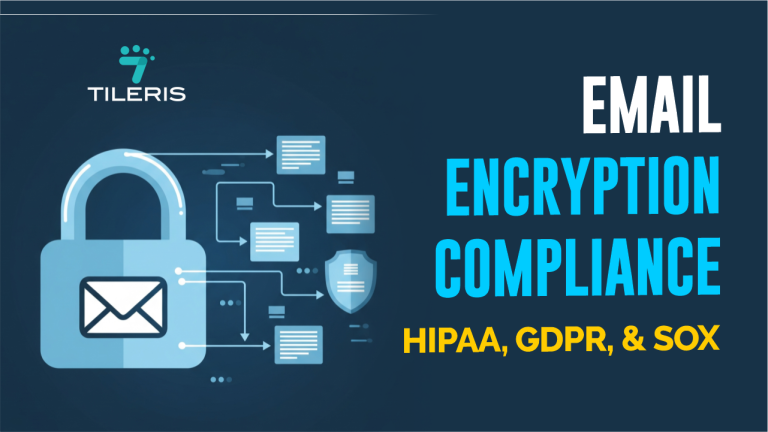Online Account Inventory Checklist
Introduction
Have you ever tried logging into an old account only to realize you can’t remember the email or password, or worse, that someone else has accessed it? You’re not alone.
In today’s hyper-digital world, most of us are juggling dozens, if not hundreds, of accounts. From shopping and banking to entertainment and work, our digital identities are scattered across the web and that’s why keeping an online account checklist is no longer just a smart idea, it’s a necessity.
And no, this isn’t just about being organized for the sake of it. It’s about regaining control over your digital life, boosting your security, and making your day-to-day interactions a lot less stressful.
Why an Online Account Inventory Is Non-Negotiable
The idea of creating an online account checklist might sound a little tedious. But think of the peace of mind it can bring. Knowing you have a handle on your digital presence can significantly reduce stress and improve your overall online security.
This isn’t about becoming a tech wizard; it’s about taking simple, proactive steps to protect yourself. According to Nordpass, the average internet user has over 90 online accounts. That’s a lot to keep track of! An online account checklist helps you bring order to this digital landscape.
Building Your Comprehensive Online Account Checklist
So, where do we start in creating this essential online account checklist? The key is to break it down into manageable categories. Think about the different areas of your online life, your finances, your communication, your entertainment, and so on.
Financial accounts
These are arguably the most sensitive and require meticulous tracking in your online account inventory. Think about all your online banking portals, investment platforms, credit card logins, payment processors like PayPal or Flutterwave, and even loan providers.
For each entry in your online account checklist, note down the service name, the website address (URL), the username or email address you use to log in, and importantly, the email address associated with the account if it’s different.
Now, a crucial point, do NOT write down your passwords on this online account checklist. This document is for metadata, the information about your accounts. Your actual passwords should be securely stored in a reputable password manager.
In your online account inventory, do make a note of whether you’ve enabled Two-Factor Authentication (2FA) for each financial account and what method you’re using, e.g., SMS, authenticator app. This simple step can significantly bolster your security.
Consider adding a “Notes” section to your online account checklist for each financial entry. Here, you can jot down things like recurring payments, linked accounts, or any specific security protocols you’ve set up.
It’s also a good idea to note the date you opened the account, if you can easily recall it. This detailed online account checklist provides a comprehensive overview of your financial digital footprint.
Email accounts
These are often the gateway to all your other online services, making them prime targets for malicious actors. Include every email address you use in your online account checklist, from your primary personal email to any secondary or work-related addresses.
For each email account in your online account inventory, record the service provider (Gmail, Yahoo Mail, your ISP, etc.), the full email address, any recovery email addresses or phone numbers you’ve set up, and again, whether you’ve enabled 2FA and the method used.
In the “Notes” section of your online account checklist for email, you might want to indicate if it’s your primary account, if it’s used for specific purposes like newsletters or online shopping, or if it’s linked to any particularly sensitive accounts. Maintaining a thorough online account checklist for your email ensures you know all your digital communication hubs.
social media and communication platforms
Think about Facebook, Instagram, X (formerly Twitter), LinkedIn, WhatsApp, Telegram, and any other social or messaging apps you use. While these might seem less critical than financial accounts, they often contain a wealth of personal information that cybercriminals can exploit.
For each platform in your online account inventory, note the service name, URL, your username or the email/phone number you use to log in, the associated email address if different, and whether 2FA is enabled.
In the “Notes” section of your online account checklist, you could mention if your profile is public or private, or if it’s linked to any other professional or personal accounts. A comprehensive online account checklist covers all facets of your online interaction.
Covering All Your Bases with an Online Account Checklist
Now, let’s consider the myriad of other online accounts that make up our digital lives. Think about your online shopping accounts like Amazon and eBay. Include any food delivery apps, streaming services (Netflix, Showmax), cloud storage providers (Google Drive, Dropbox), and software subscriptions you pay for. For each of these in your online account inventory, document the service name, URL, login credentials (username/email), associated email, and 2FA status.
The “Notes” section of your online account checklist can be useful for noting saved payment methods, recurring subscriptions, or delivery addresses. Keeping a detailed online account checklist for your shopping and service accounts can also help you identify subscriptions you no longer need.
Don’t forget about essential utilities and government services that now have online portals. Think about your electricity provider, internet/cable company, phone service provider, tax authorities, and any online portals for driver’s licenses or vehicle registration.
These often contain sensitive personal information and should be included in your online account checklist. The same details apply, service name, URL, login info, associated email, and 2FA.
The “Notes” section of your online account checklist might be used to record account numbers or any important reference information. A complete online account checklist leaves no digital stone unturned.
Finally, consider any other online accounts you might have, such as online forums you participate in, gaming platforms, learning websites, or even those single-use accounts you created for a specific purpose and might have forgotten about. These “other” accounts can sometimes be overlooked but can still pose a security risk if left unmanaged.
Add them to your online account inventory using the same format. Your online account checklist should be a living document, evolving as your digital footprint changes.
Keeping Your Online Account Checklist Up-to-Date
Creating your online account checklist is a fantastic first step, but it’s not a one-time task. The digital landscape is constantly changing, and you’ll likely be signing up for new services and potentially abandoning old ones. Therefore, it’s crucial to make reviewing and updating your online account inventory a regular habit. Aim to do this at least quarterly or bi-annually.
Set a reminder in your calendar to revisit your online account checklist. Take some time to go through each category. Have you signed up for any new online services since your last review? Have you closed any old accounts? Is the 2FA status still accurate? Are the associated email addresses up-to-date? This regular maintenance ensures your online account checklist remains an accurate and valuable tool.
Regularly reviewing your online account checklist allows you to identify and potentially close unused accounts, reducing your attack surface. It also prompts you to check if you’re still using strong, unique passwords and have 2FA enabled where possible. An up-to-date online account checklist is a key component of a robust personal security strategy.
Making Your Online Account Checklist Work for You
Remember, your online account checklist is a personal tool. Feel free to customize it to best suit your needs and how you organize your life. You might find it helpful to add extra columns, such as the date you last changed the password for an account. Or, you could categorize your accounts in a way that makes more sense to you. The goal is to create an online account inventory that is easy for you to use and understand.
The format of your online account checklist should also be flexible. You can use a simple spreadsheet (like Google Sheets or Microsoft Excel), a dedicated note-taking app with password protection, or even a secure document stored in an encrypted cloud service.
Choose a method that you are comfortable with and that you know you will be able to access when you need it. The important thing is to have the information organized and readily available.
While the process might seem a bit formal, remember the human benefit: greater control, reduced anxiety about forgotten accounts, and enhanced security for your valuable digital information.
Think of your online account checklist not as a chore, but as an act of self-care. It’s about taking ownership of your online presence and protecting yourself.
Conclusion
An online account checklist isn’t just a list, it’s a lifestyle. One that values privacy, control, and awareness. You don’t need to be a cybersecurity expert to take this seriously. You just need to start.
Every account you track, every password you update, every inactive login you close it all adds up. And in a world where our lives are more digital than ever, being intentional about your online account inventory could be one of the smartest moves you make. So open that password manager, dig through that inbox, and start reclaiming your digital identity.
Ready to Take Control of Your Digital Life?
Download your free Online Account Inventory Checklist today! It’s packed with practical, easy-to-follow steps to help you organize, secure, and streamline your digital accounts, from email and banking to social media and cloud storage.
Need a bit more support?
You can also request a free consultation. Our team at Tileris will guide you through the process of building a secure digital foundation, helping you identify risks and recommend the best practices tailored to your situation.
Curious how AI can simplify account security and inventory tracking?
Request a live demo and see how Tileris AI Agents proactively manage, monitor, and optimize your digital footprint, without the overwhelm. Just fill out our contact form, and we’ll show you how smarter security starts with clarity.
